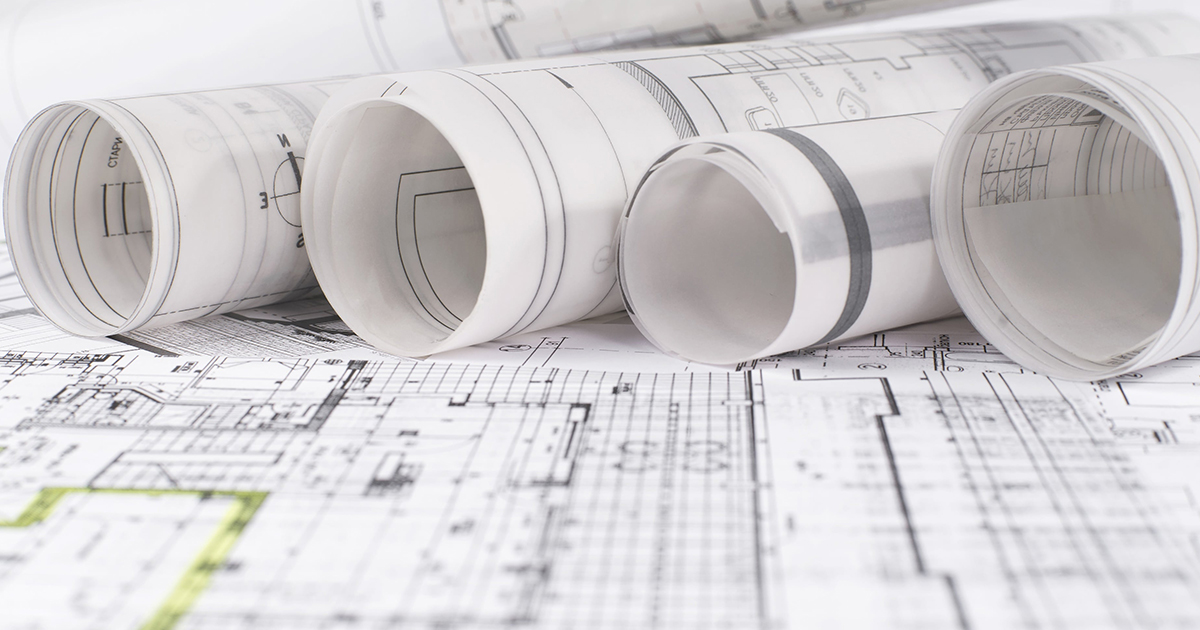I had a meeting last week with a general contractor and business owner looking to build a $6mil transfer station. It is a big metal building with a recycling/waste center inside. I was working with the owner to bring down his costs, but I also work with various subcontractors who were interested in bidding the project. I asked a tough question: Do you have a quantities take off for this project?
The answer that I receive back from many GCs is the same. They have their subcontractors do the takeoffs and review discrepancies between bids at a later date. I believe them. A majority of our clients are subcontractors looking to bid pieces of projects. It always amazes me how this process works. Dozens of subcontractors are spending hours and hours taking off projects that they will never win. The inefficiency gets under my skin.
Changing the Game
There has always been a struggle between project management and estimations. In order to provide an accurate takeoff the estimator needs to know how to do the work of each trade. Anyone that knows every part of a project is going to value their time more than spending it being bogged down by estimates.
The key to this disparity is within the software. Numerous takeoff software has been created to make the job easier and make estimators more efficient. We utilize PlanSwift. However, they get too complicated. The room for error is insurmountable for quality control experts.
Rather than tedious training and begging estimators to stay with us long-term, we built our own excel template. Takeoff a unit of measure in PlanSwift and describe it in our template. After the inputs are made the entire project, down to the fasteners, is summarized.
Value Add Proposition
Now that we have made our general estimator staff more efficient, we are able to add value like never before. Our quantity takeoffs are more accurate, estimators are capturing every line item, and the presentation is top notch. With other excel tabs that aid in project management and phasing, the final product is the next level of estimation.
Rather than engaging dozens of subcontractors, take the project directly to individual subcontractors. Sit down with the takeoff, discuss pricing per unit metrics, and get the deal that brings the project together.
It’s a Monkey off the Subcontractors Back
I’ve sat down with hundreds of subcontractors. The average business owner wants to work hard, make their profit, and keep moving. I started this approach with drywall when I first started. It is the easiest part of the project to estimate. I took the total SQFT/# of sheets, brought in a subcontractor that wanted to bid my job, told him a price per SQFT, and asked him if that number worked for him. He hesitated a moment in thought and accepted. We shook on it and he started the next day.
I knew the market rate for drywall installation. I cut it down by almost ten percent. Yet, I left it open for the subcontractor stating that if we ran out of drywall I would pay him the same rate for the extra. It took years to gain the knowledge to be able to do this for every subcontractor that I worked with, but we reached that point together. For a majority of the homes that I build, the average bidding phase per subcontractor takes less than five minutes.
Commerical Projects are the Same
Sit down with the guys running the biggest projects in the industry and the concept is the same. Uncertainty is a form of risk. Risk increases prices. Get the best price for your project. Get a quantity takeoff upfront and review with your subcontractors. On that $6mil project I expect to save my client 5%. That’s roughly $300,000. How much could we save you?


